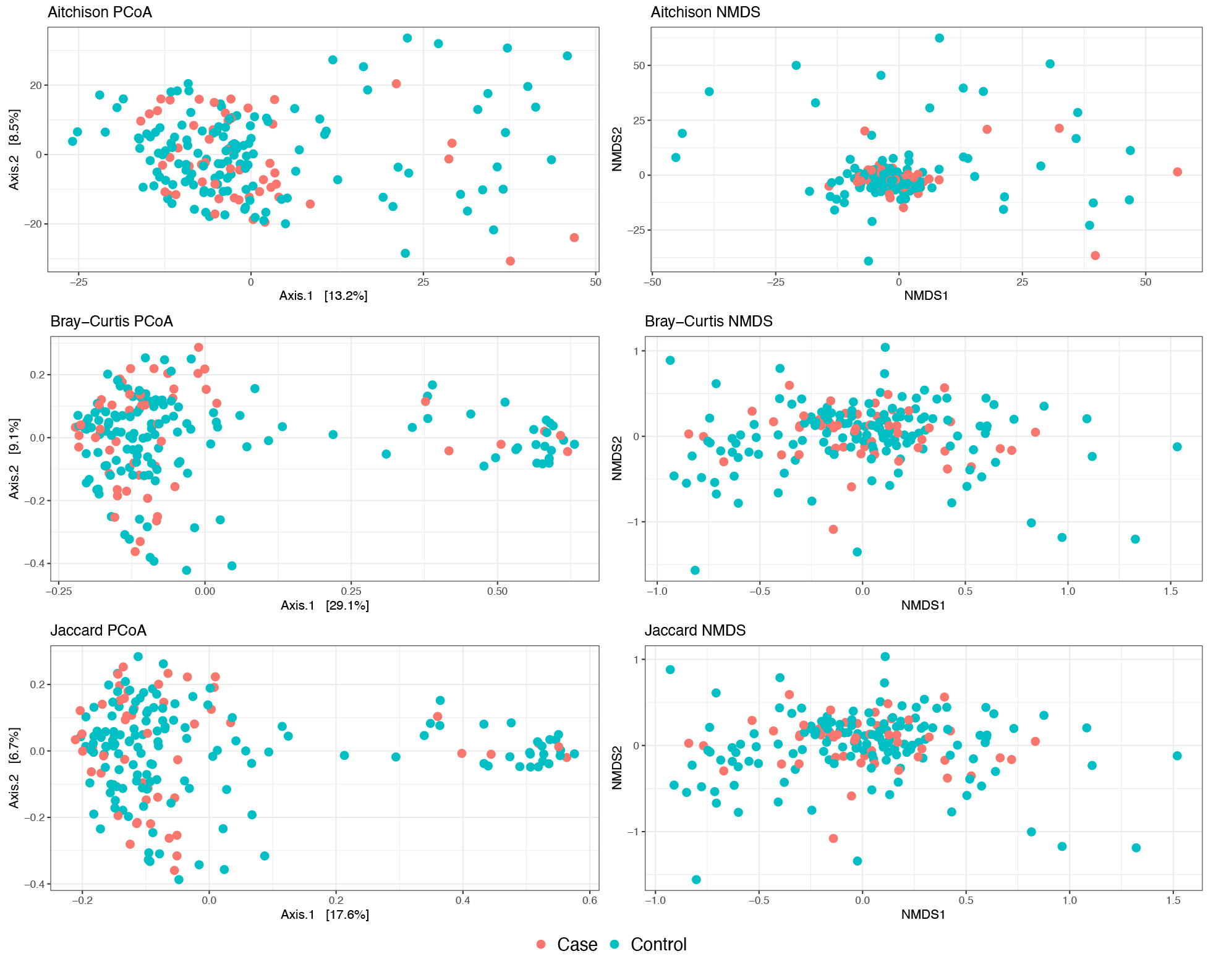Campylobacter is a bacterium that causes gastrointestinal illness in humans. Chicken meat is an important source of Campylobacter to humans, either when consumed undercooked or when food is prepared in the same surfaces as raw chicken meat. Researchers are studying this bacterium in order to develop strategies to reduce the risk to humans.
Robert Jose Valeris Chacin, who was a 2020-21 UMII MnDRIVE PhD Graduate Assistant, investigated the interactions between Campylobacter and the chicken microbiome, a relationship which is little understood. In a series of studies that used bioinformatics and statistical tools, Dr. Valeris Chacin showed that the dynamics of Campylobacter in the lower intestine of chickens and their litter were related both to each other and to the associated microbiomes. Some of these relationships were found at six weeks of age, which is a common harvest time for small broiler chickens. The research indicated that making adjustments to the chickens’ microbiome and/or their litter could potentially reduce Campylobacter populations in these birds, helping decrease the number of cases of campylobacteriosis in humans.
Dr. Valeris Chacin was a member of the research group of MSI PI Professor Randall Singer (Veterinary and Biomedical Sciences) and used MSI resources for this project. The UMII MnDRIVE Graduate Assistantship program supports UMN PhD candidates pursuing research at the intersection of informatics and any of the five MnDRIVE areas:
- Robotics, Sensors and Advanced Manufacturing
- Global Food Ventures
- Advancing Industry, Conserving Our Environment
- Discoveries and Treatments for Brain Conditions
- Cancer Clinical Trials
This project was part of the Global Food Ventures MnDRIVE area.
Publications and oral presentations resulting from this work include:
- Valeris-Chacin, R; Pieters, M; Hwang, H; Johnson, TJ; Singer, RS (2021) Association of broiler litter microbiome composition and Campylobacter isolation. Frontiers in Veterinary Sciences, 8:654927.
- “Campylobacter dynamics in broilers raised to five and eight weeks of age.” CRWAD 2020, December 5-8, 2020, Virtual conference.
- “Campylobacter dynamics in litter from broilers raised in commercial settings.” VMED seminar, March 2021.
- “Association of litter and cecal microbiomes with Campylobacter colonization in broilers under commercial settings.” CRWAD 2021 December 3-7, 2021, Chicago, IL.
A dataset of 190 litter microbiomes is publicly available.
Further publications are forthcoming, and their associated datasets will be uploaded to NCBI SRA before the papers are submitted.
Research Computing partners:
- University of Minnesota Informatics Institute
- Minnesota Supercomputing Institute
Image description: Beta diversity plot of composite broiler litter samples. Samples are colored by the Campylobacter isolation status of the flock. Cases (orange) were defined as flocks with isolation of C. jejuni or C. coli in boot sock samples, and controls (teal) were defined as flocks without isolation of C. jejuni or C. coli in boot sock samples. Figure and description taken from Valeris-Chacin et al. (2021) Frontiers in Veterinary Sciences 8:654927.
